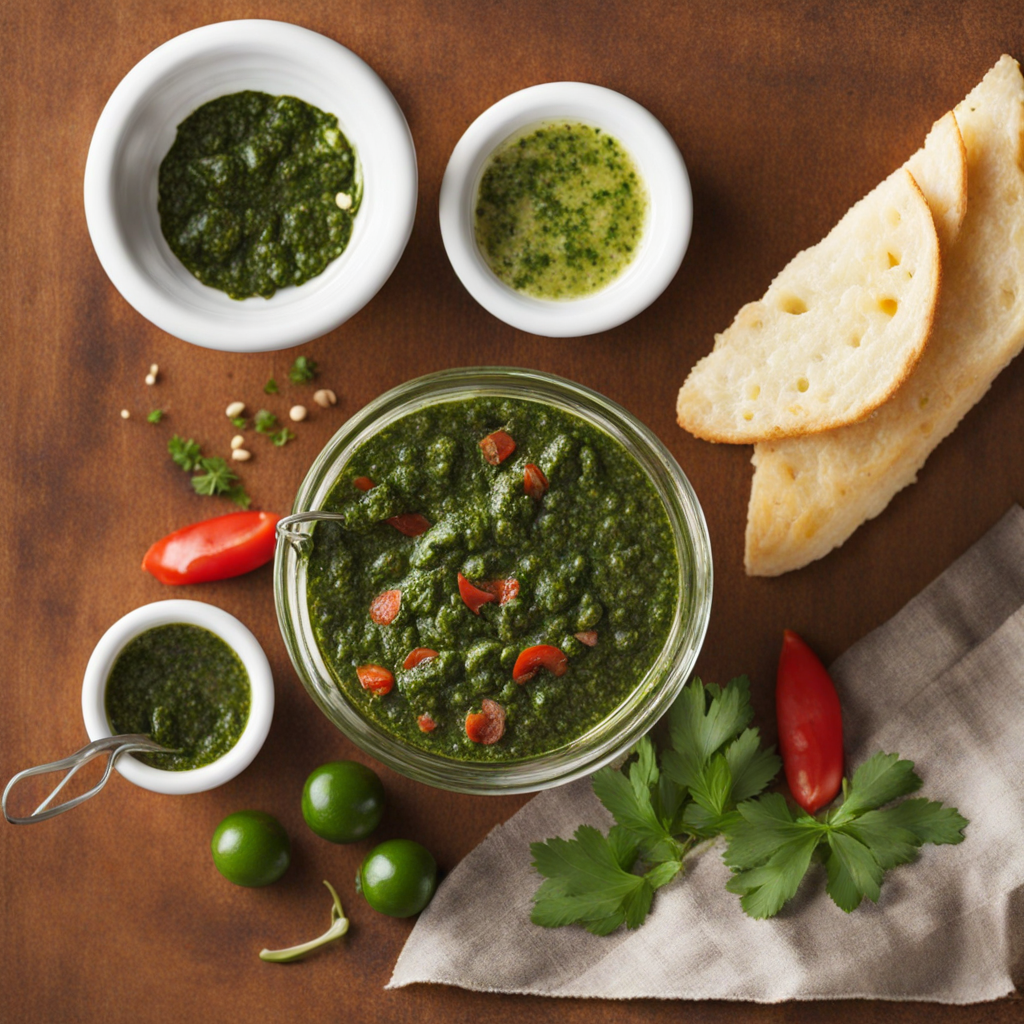Empanada
The empanada is a quintessential dish of Argentine cuisine, beloved for its versatility and rich flavors. These stuffed pastries can be found in various forms across Latin America, but the Argentine version stands out for its unique fillings and preparation methods. The history of empanadas in Argentina can be traced back to Spanish colonization, where they were influenced by the Galician empanada, which typically consists of a pastry filled with meat, fish, or vegetables. Over the centuries, this dish has evolved into a staple of Argentine culture, often enjoyed during family gatherings, celebrations, and as street food. The flavor profile of an empanada is remarkably diverse, depending on its filling and the spices used. Traditional Argentine empanadas are known for their savory taste, often featuring seasoned meats, such as beef, chicken, or pork, combined with ingredients like onions, olives, and hard-boiled eggs. In addition to these classic fillings, regional variations exist—such as the empanada salteña, which is filled with a juicy mixture of meat and potatoes, seasoned with a blend of spices that give it a slightly spicy kick. On the other hand, vegetarian options may include cheese, spinach, or pumpkin, showcasing the adaptability of this dish to various dietary preferences. Preparation of empanadas is an art in itself. The dough, made from flour, water, and fat (usually lard or butter), is rolled out into circular shapes. The thickness of the dough can vary, but it
How It Became This Dish
Origins of the Empanada The empanada, a beloved pastry filled with a variety of ingredients, has roots that stretch far back into history. Its origins can be traced to the medieval period in the Iberian Peninsula, where the concept of enclosing food in dough became a practical way to preserve and transport meals. The word "empanada" itself comes from the Spanish verb "empanar," which means "to wrap in bread." The practice of enclosing food in bread was likely influenced by the need for portable meals for travelers and laborers, as well as the culinary customs of the region. As the Spanish Empire expanded in the 15th and 16th centuries, so too did the empanada. Spanish colonists brought the dish to Latin America, adapting it to local ingredients and tastes. Each region began to develop its own variations, influenced by indigenous cultures and the availability of local produce and meats. The empanada became a symbol of cultural fusion, embodying the convergence of Spanish, indigenous, and later immigrant culinary traditions. \n\n Cultural Significance in Argentina In Argentina, the empanada has taken on a life of its own and has become a staple of national cuisine. The country’s diverse geography and climate allow for a rich variety of fillings, from beef, chicken, and pork to vegetables and cheese. Each province in Argentina boasts its own unique version, reflecting regional ingredients and preferences. For example, the empanadas from Salta, located in the northwest, are often filled with spiced meat and potatoes, while those from Mendoza may incorporate local wines in the filling. Empanadas are not just a culinary delight; they also hold cultural significance in Argentine society. They are often served at family gatherings, celebrations, and social events, symbolizing hospitality and communal sharing. The preparation of empanadas can be a social activity, with families coming together to fold the dough and share their favorite fillings. This communal aspect reinforces family ties and cultural identity, making empanadas more than just food—they are a vessel of tradition and memory. \n\n Empanada Variants Across Latin America While Argentina may be the epicenter of empanada culture, the pastry is enjoyed throughout Latin America, with each country putting its own unique spin on the dish. In Chile, for instance, empanadas are often larger and filled with a mix of beef, olives, hard-boiled eggs, and spices, reflecting the country’s distinct culinary preferences. The Chilean "empanada de pino" is renowned for its rich flavor and is a common feature at festive occasions. In Colombia, empanadas are typically made with corn dough and are often filled with a mixture of meat and potatoes, then deep-fried to achieve a crispy texture. The Colombian version is often served with aji, a spicy sauce that adds a kick to the dish. Meanwhile, in Ecuador, empanadas might be filled with cheese or a mixture of meat and vegetables, and are sometimes sweetened with sugar, showcasing the versatility of the dish across different cultures. \n\n Evolution of the Empanada The empanada has evolved significantly over the centuries, adapting to changing culinary trends and health considerations. In modern Argentine cuisine, for example, there is a growing trend towards gourmet empanadas, with creative fillings that incorporate international flavors and ingredients. Chefs are experimenting with ingredients like quinoa, smoked salmon, and exotic spices, reflecting a globalized food culture. Additionally, the advent of food trucks and casual dining has brought empanadas to new audiences. Street vendors and gourmet food trucks have popularized these pastries, making them accessible to a wider range of people. The empanada has transcended its traditional roots, becoming a street food favorite that appeals to both locals and tourists alike. Empanada-making workshops and festivals have also emerged, celebrating this beloved dish and encouraging cultural exchange. These events allow people to learn about the history and techniques behind empanada preparation, fostering a greater appreciation for the craft and the cultural significance of the dish. \n\n The Empanada in the Global Context In recent years, the empanada has made its way onto global culinary stages, finding its place in international cuisine. Food enthusiasts and chefs worldwide have embraced the empanada, recognizing its versatility and appeal. In the United States, for example, empanadas can now be found in various restaurants, food markets, and even frozen food aisles, catering to a diverse audience that appreciates its portable nature and myriad filling options. The empanada's rise in popularity can be attributed not only to its taste but also to the growing interest in Latin American cuisine as a whole. As more people seek to explore and understand the flavors of Latin America, dishes like the empanada serve as a gateway to the rich culinary traditions of the region. This increased visibility has helped preserve the cultural significance of the empanada while allowing it to evolve in new and exciting directions. \n\n Conclusion: A Symbol of Unity and Tradition Today, the empanada remains a powerful symbol of unity, tradition, and cultural exchange. It reflects the history of migration, adaptation, and the blending of culinary practices across generations and geographies. As the empanada continues to evolve, it will undoubtedly remain a cherished dish that connects people to their heritage and to each other. In Argentina and beyond, the empanada stands as a testament to the power of food in fostering community, celebrating diversity, and preserving cultural identity.
You may like
Discover local flavors from Argentina







